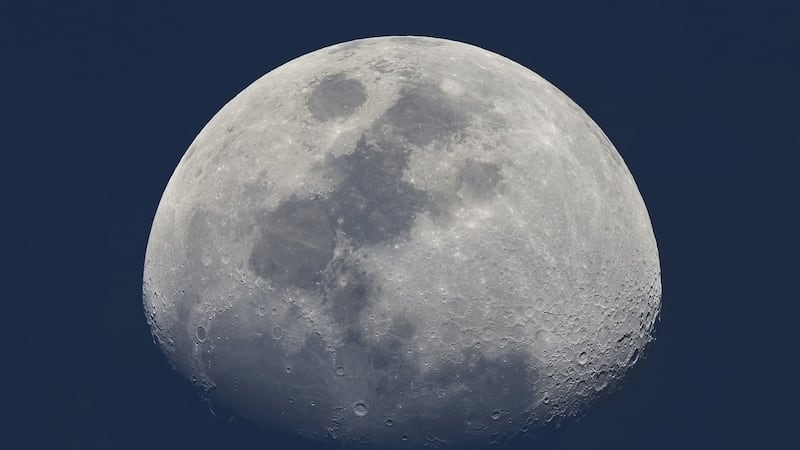On the face of it the moon is a desert devoid of water, but in fact there is plenty of it there hidden away under the surface. Now scientists believe they know how it got there.
Water exists as limited amounts of ice at the poles and tucked away in the deep shadows cast by craters. Scientists believe there is a great deal more of it buried under the moon’s dusty surface.
What was the source and when did it arrive are questions that have now been answered by Dr Jessica Barnes at the Open University Milton Keynes and colleagues from the UK, US, and France, who release their findings Tuesday afternoon in the journal Nature Communications.

The great majority of the water, more than 80 per cent of it, arrived in water-rich asteroids, those great lumps of rock that litter the solar system even today.
The remaining 20 per cent can be attributed to comets, say the researchers.
They know this because they recovered water samples from lunar rock, from asteroids called “carbonaceous chondrites” and by sampling the materials coming off comets.
Colossal collision
When these were chemically analysed and compared the results showed that four-fifths of the moon's water was delivered by the asteroids. They also believe they can put a date on it.
The general belief is the moon formed from the remains of a colossal collision between the Earth and a planet the size of Mars. This occurred some 4.5 billion years ago.
At this stage the Earth and moon were balls of molten rock.
The water arrived in chunks over the next 10 to 200 million years afterwards. The two were peppered by asteroids and comets as the planets swept up loose material moving through the solar system.
This process ended for the moon when the rock solidified and a thick crust formed on the surface. This served to trap water inside while water produced in later asteroid strikes disappeared from the surface.
The Earth remained molten for longer allowing the water delivery process to continue.
Rocks collected by astronauts on the Apollo missions suggest the interior of the moon could hold between 10 and 300 parts per million of water.
This is not a lot, but it was likely the source of water ice that exists today in permanently shadowed areas on the lunar surface, the authors suggest.










